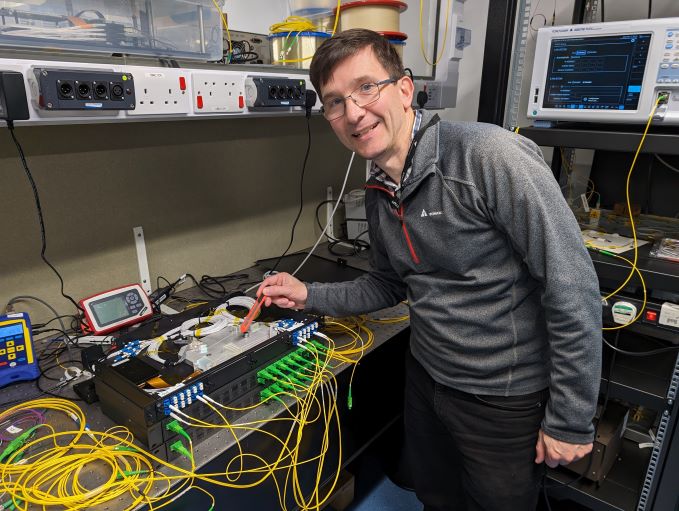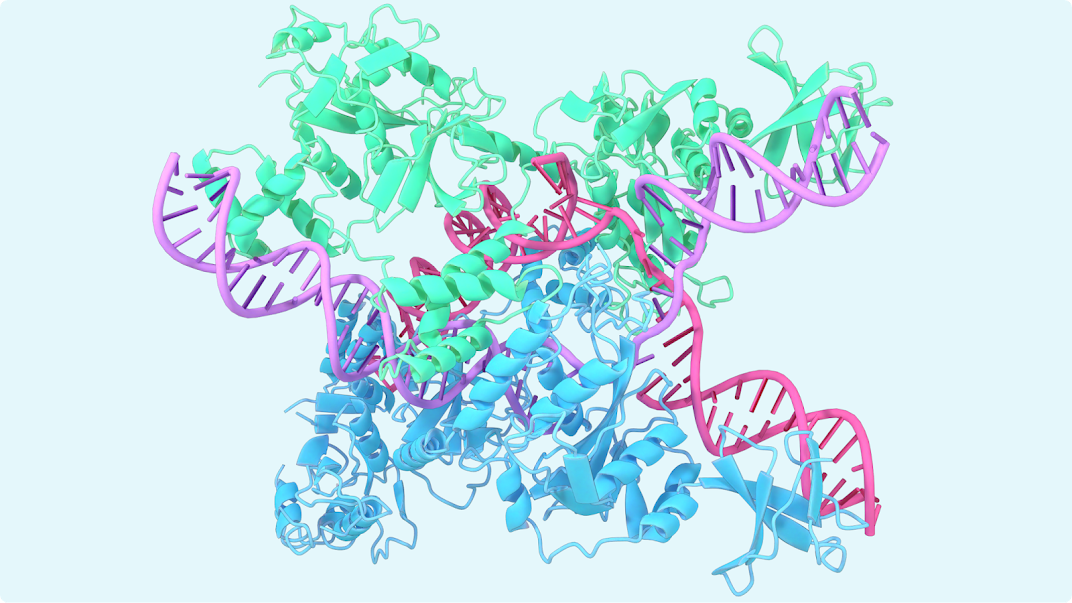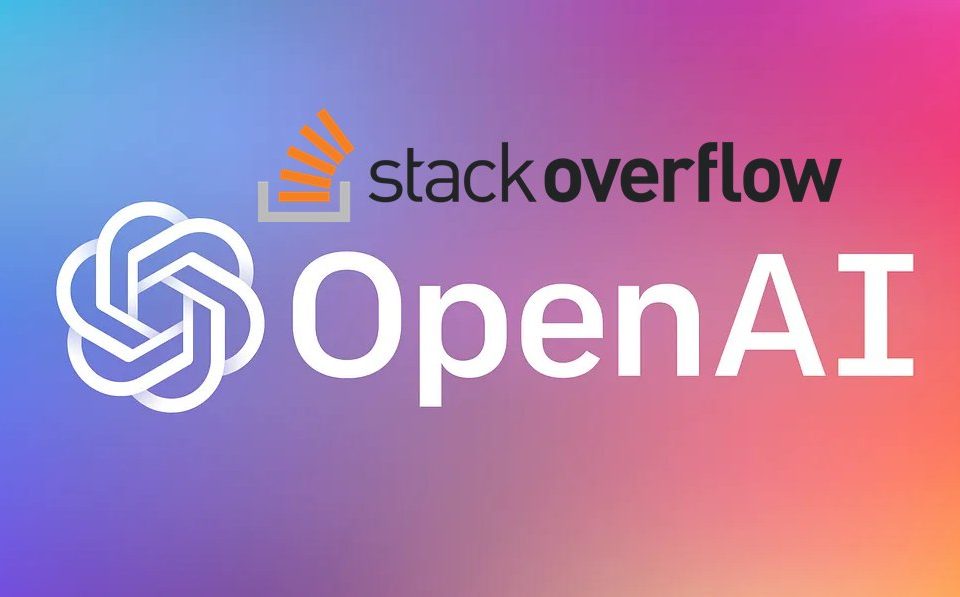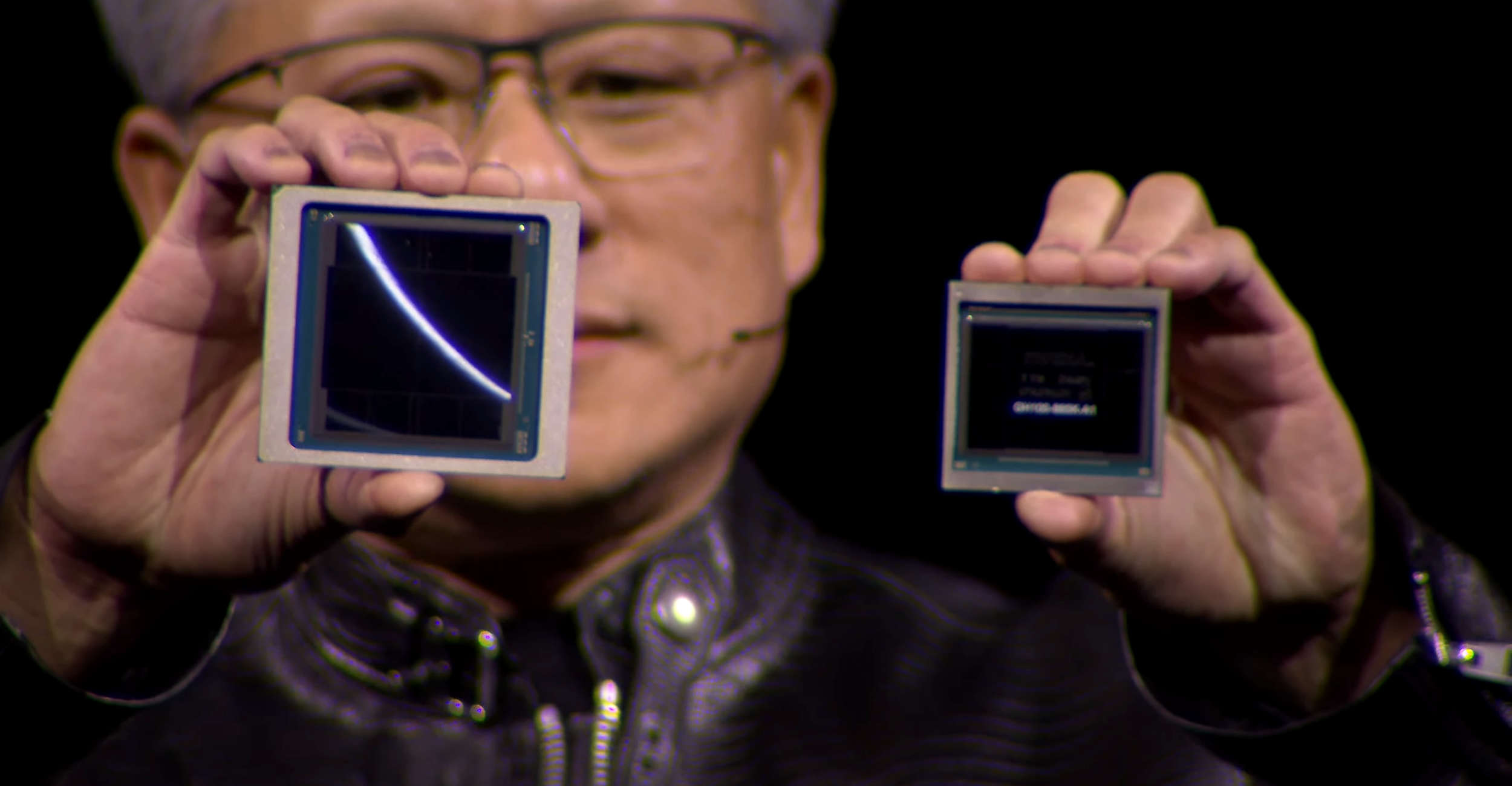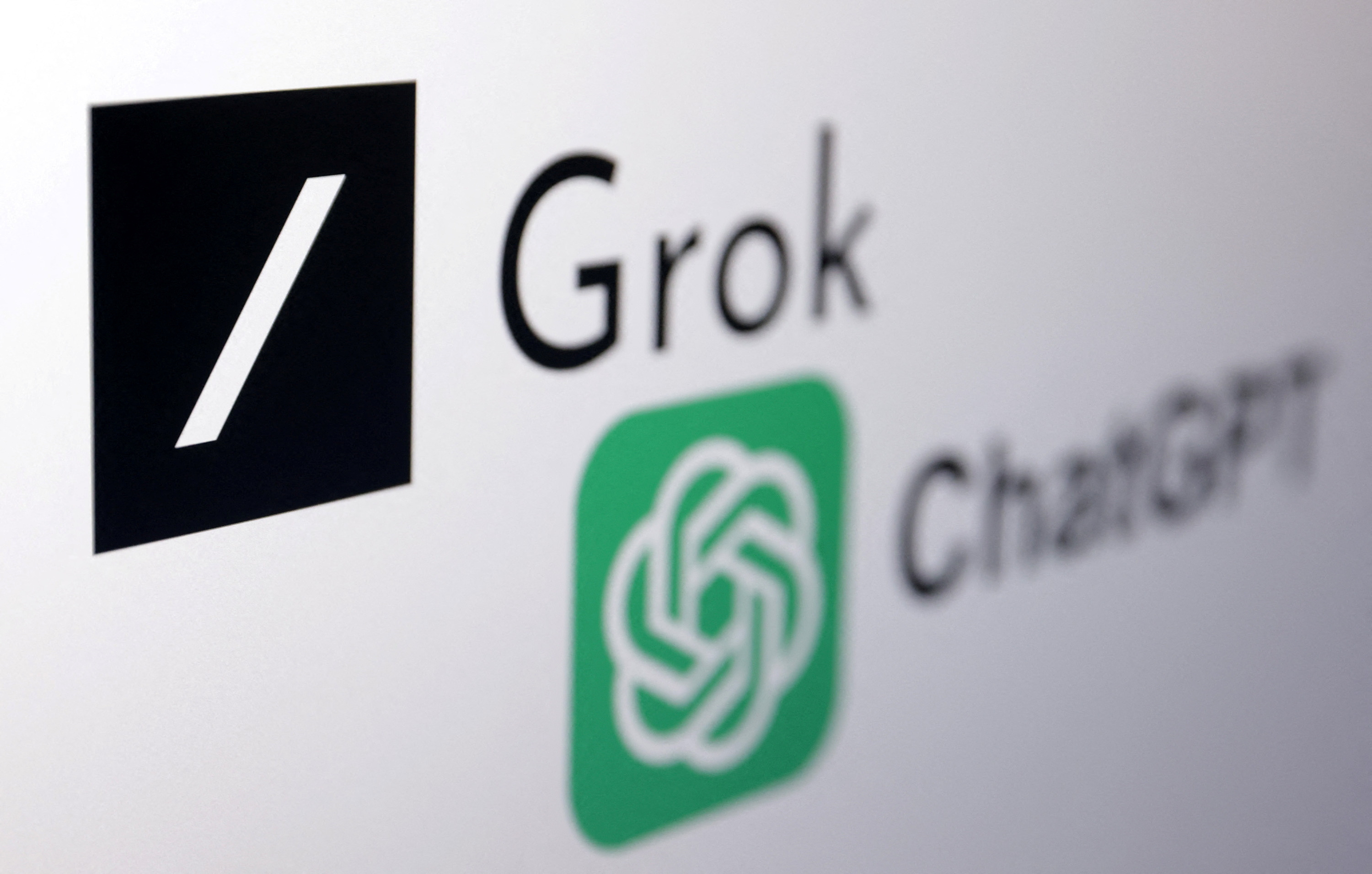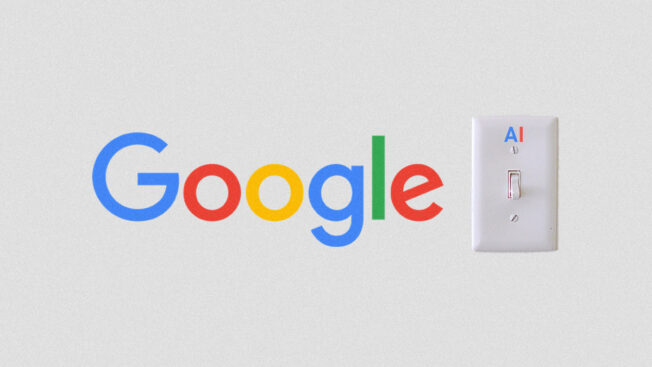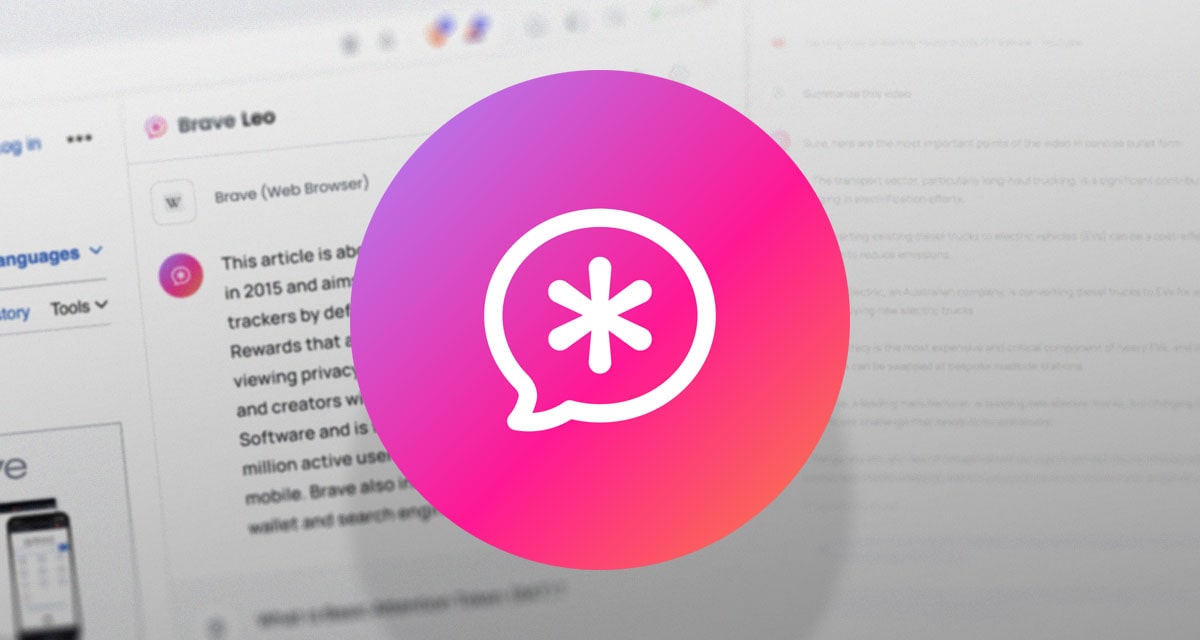In today's digital age, our reliance on the internet has become paramount. From streaming high-definition movies and virtual reality experiences to enabling remote work and online education, the demand for faster internet speeds continues to skyrocket. However, even the most cutting-edge fiber optic networks have their limits, leaving us yearning for more bandwidth to meet our ever-growing needs. That's where the groundbreaking research conducted by Aston University comes into play.
Pushing the Boundaries of Fiber Optic Technology
In a remarkable feat, researchers at Aston University have successfully transmitted data at a staggering speed of 301 terabits per second, or 301,000,000 megabits per second, over a single fiber optic cable. To put this achievement into perspective, their data transfer rate is an astonishing 4.5 million times faster than the average home broadband connection.
This breakthrough was made possible by harnessing previously untapped wavelength bands in fiber optic systems, known as the E-band and S-band. While the commercially available C-band and L-band have been the workhorses of modern fiber optic networks, the E-band and S-band offer significantly wider bandwidths, allowing for more data to be transmitted simultaneously.
To access these new wavelength bands, the researchers employed cutting-edge optical amplifiers and optical gain equalizers. These components amplify and balance the optical signals, ensuring that data can be transmitted efficiently and without distortion over long distances.
The Implications of Faster Internet Speeds
The potential impact of this technology cannot be overstated. It could revolutionize the backbone networks that form the internet's core infrastructure, enabling faster and more reliable connections for internet service providers and, ultimately, end-users.
Imagine seamlessly streaming ultra-high-definition 8K video content or participating in fully immersive virtual reality experiences without buffering or lag. Remote work and online education could become even more seamless, with real-time collaboration and virtual classrooms feeling as natural as being there in person.
Moreover, this breakthrough aligns with the growing emphasis on sustainability and resource efficiency. By making better use of the existing fiber optic infrastructure and extending its capacity, we can prolong the useful life and commercial value of these networks, reducing the need for constant upgrades and minimizing environmental impact.

A Collaborative Effort
Aston University's achievement was not accomplished in isolation. The research was conducted in collaboration with esteemed institutions such as the National Institute of Information and Communications Technology (NICT) in Japan and Nokia Bell Labs in the United States. This international collaboration underscores the global significance of this endeavor and the collective efforts required to push the boundaries of technology.
The results of this groundbreaking experiment were published by the prestigious Institute of Engineering and Technology (IET) and presented at the European Conference on Optical Communication (ECOC) in Glasgow, October 2023.
The Path Forward
While Aston University's research has made headlines for its record-breaking internet speeds, it's important to note that these advancements are not directly related to the internet access provided on the university's campus. Students and staff at Aston University can access the internet through the university's wireless or wired (Ethernet) networks by registering and following the appropriate authentication procedures.
However, the real impact of this research lies in its potential to reshape the backbone networks that underpin the global internet infrastructure. As the demand for faster and more reliable internet connections continues to grow, the work of Aston University and its collaborators paves the way for a future where data can flow at unprecedented speeds, enabling new possibilities and driving innovation across various sectors.
The pursuit of faster internet speeds is not merely a quest for convenience; it's a pursuit of progress, a pursuit of unlocking the full potential of our digital world. With each groundbreaking achievement, we inch closer to a reality where the boundaries of what's possible online are pushed further and further, opening up new horizons for communication, entertainment, and technological advancement.

